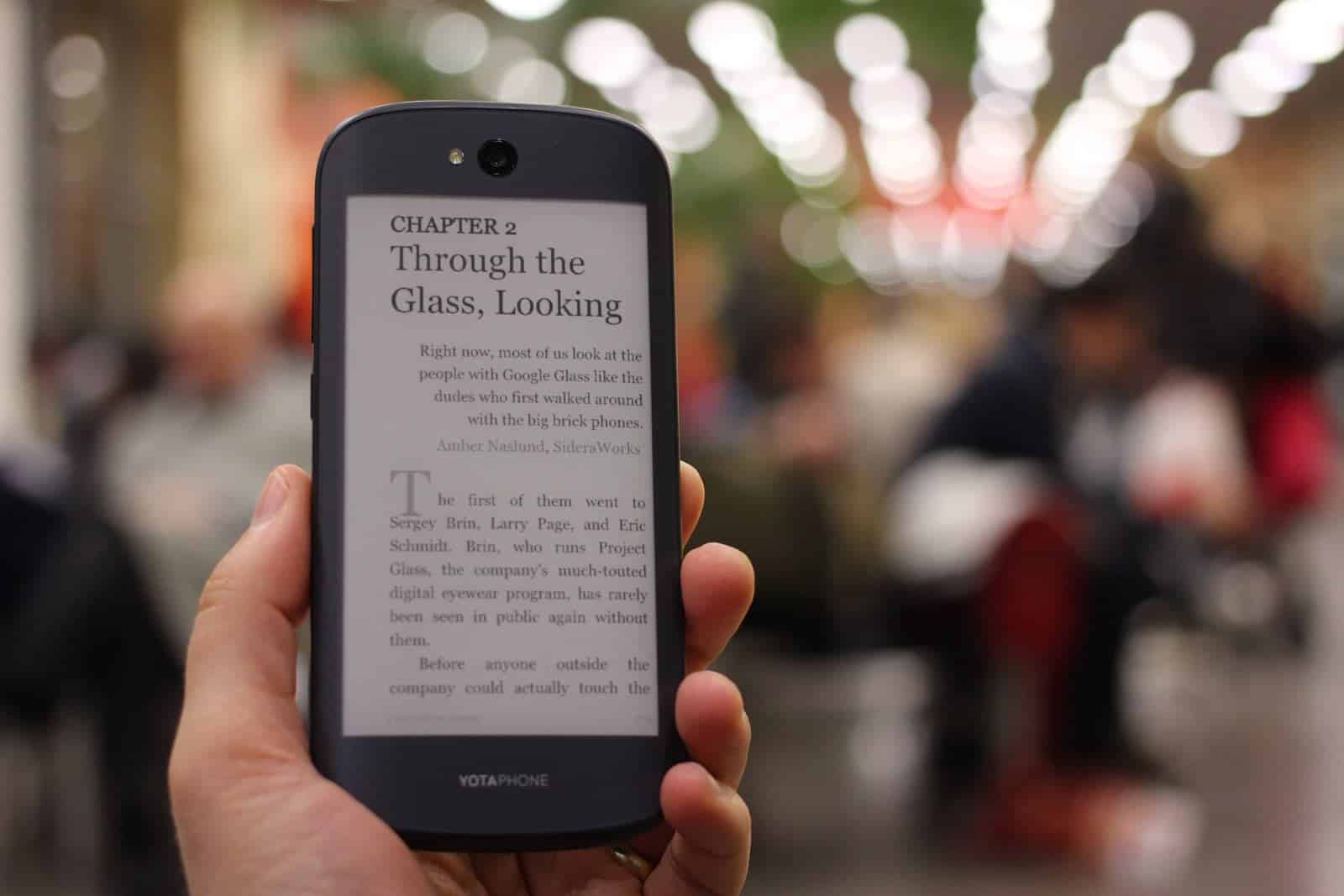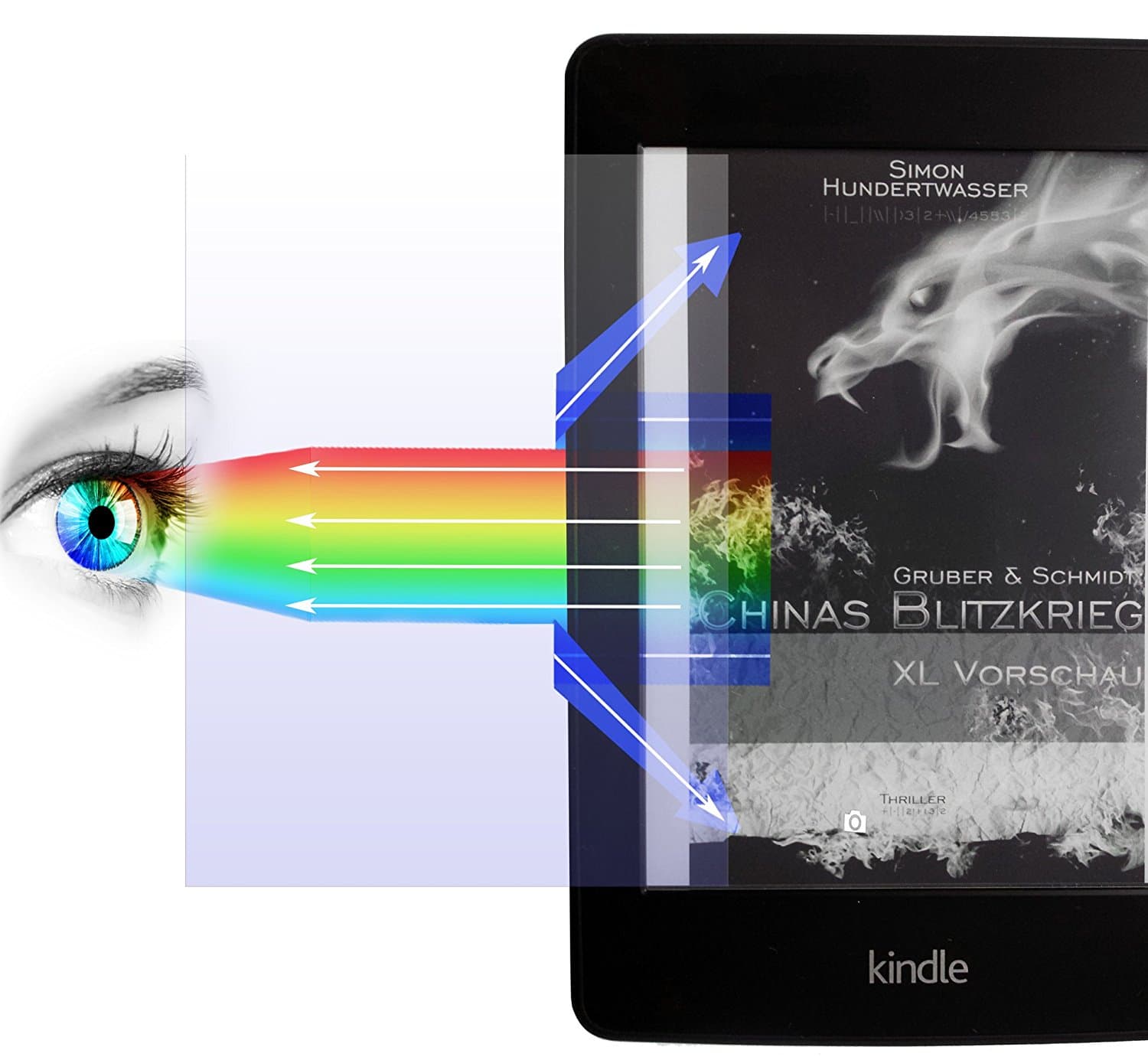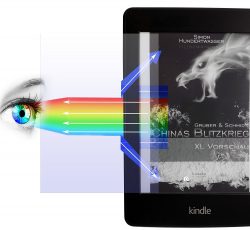 It’s summer. Is your child reading—one way to guard against a seasonal slump? Oh, and here’s a very much related question. Are you reading?
It’s summer. Is your child reading—one way to guard against a seasonal slump? Oh, and here’s a very much related question. Are you reading?
“You are a role model for your children,” writes Dr. Judy Willis, M.D., a board-certified neurologist as well as a former middle school teacher. “When they see you reading books, not just for specific reasons but also for enjoyment, their regard for books can change. It is just as important for them to see you being challenged when reading, such as by more technical books. This increases their comfort about difficulties they have reading complex books.”
But what about families where the parents don’t read, including immigrant ones?
Could school-supplied tablets, along with cell phone book clubs, already explained at length, get them excited about both e-books and the paper kind during the summer and at other times? Research in the U.K. shows that recreational reading can significantly boost academic achievement.
In my Washington suburb and countless other places, U.S. schools are buying tablets for students, and each city could potentially be a test bed for the ideas in this commentary.
We’re talking about a partial solution to a national reading divide; well-off kids actually can make gains over the summer.
Regardless of family income, however, more reading is likely to help. All the more reason to increase coordination between schools and public libraries to exploit e-book-related technology to the max!
Cell phones as a tablet substitute, so everyone can read at once if they want
 But why the mention of cell phones along with the tablets? We go back to Dr. Willis and other K-12 gurus’ appreciation of parental role models.
But why the mention of cell phones along with the tablets? We go back to Dr. Willis and other K-12 gurus’ appreciation of parental role models.
Suppose parents could use the tablets—to read books they loved—when the kids were not.
And what if the clubs provided inspiration and tips on reading off cell phones and other devices, so that the tablets weren’t the only e-book-useful devices in the house? That way, a mother or father or younger sister or brother could keep reading even when Jose or Jenifer had a reading assignment or other homework to do.
Not everyone will want to read on cell phones, one reason for the appeal of tablets and the continued usefulness of paper books. But the screens on the phones are getting bigger and sharper; the six-inch screen on my newest phone displays as many words as a Kindle Paperwhite does. Prices are plummeting.
And—here’s the real kicker—cell phone users carry their devices with them almost always. Furthermore, most teenagers in the U.S.own smartphones or will in the near future.
With the right encouragement from parents, teachers and librarians, they could enjoy books while waiting for the bus or while in line at the grocery store.
And with the right business arrangements in place someday, they could even start a library book on paper, get caught up in the plot and continue reading the book on a cell phone when they didn’t have it with them.
They could also use text to speech technology (TTS) to be able to hear books when they were jogging or working out at the gym. TTS, in fact, is already possible for many library books with the right software in use.
More and more of the literati are turning into enthusiastic readers of e-books on cell phones, even on little iPhone screens. A cell phone won’t necessarily turn your 16-year-old into a Tolstoy fan. But if talked up as a reading device, especially if you’re reading on your own phone to set a good example, it just might increase your teenager’s chances of enjoying a young adult novel or a sports biography or how-to.
In line with Americans’ desire for school-library cooperation and more library e-books
 Such an e-savvy approach could help connect the dots between schools and libraries. It would jibe well with related finding from the Pew Research Internet Project.
Such an e-savvy approach could help connect the dots between schools and libraries. It would jibe well with related finding from the Pew Research Internet Project.
Eighty-five percent of Americans surveyed said libraries should definitely“coordinate more with local schools”—even greater than the percentage calling for free literacy programs, 82 percent. Only a minority disagreed that libraries should “definitely” (53 percent) or “maybe” (30 percent) offer a “broader selection of e-books.”
School e-tablets and cell phone book clubs, thus, could fit in well with popular sentiment. While libraries could organize the clubs and reach many patrons besides students and parents, educators ideally would be interested in participating as well.
If nothing else, libraries could work closely with schools so the latter had an ample supply of youth-appropriate and school-related books as well as those of interest to adults at all socioeconomic levels. No need to worry about a conflict with school libraries. The need exists for everyone to pitch in. Here’s to cooperation, especially since school libraries focus on the young rather than adults!
This strategy would tie in well with the belief of Dr. Willis and other experts in the importance of parental role models. No guarantee that all children will become gung-ho readers. But this would be one way to encourage them while making the parents more stimulating as conversationalists—something especially helpful to younger children. The bigger vocabulary a parent uses, the better for her offspring. What to do about poor people with grade-school educations? Or immigrant families with limited English? Cell phone book clubs and an accompanying focus on parental role models—as well as English-language tutoring and instruction in the best ways to introduce younger kids to reading—could narrow the gap.
Significantly, too, many low-income parents must work long hours, often at more than one job, and they cannot always make it to the library in person. E-books and cell phone book clubs could help libraries reach out to them and increase their chances of in-library visits. Also keep in mind that many parents in close-knit immigrant families do not want their children, particularly their daughters, out at night. Cell phone book clubs could help bring the library to homes and housing complexes.
DIY cell phone book clubs
Interested community members could even start cell phone book clubs on their own—neighborhood- or interest-based or built around jobs, religious affiliations or others.
Then they could rely on libraries and schools for various forms of assistance, such as making arrangements with OverDrive and other library vendors for sufficient numbers of relevant titles to be available for the club members.
Laudably some libraries already offer “kits” of paper books to help patrons start their own book clubs, and the same concept would apply.
The library in my own hometown of Alexandria, Virginia, commendably distributes book club kits. Time for cell phone book club kits—brief written instructions for getting the clubs up and running? Maybe augmented soon with videos, some produced by the kids themselves? And accompanying Web sites?
School librarians, too, not just public librarians, could help start and promote the clubs. And so could recreation center workers.
Here’s yet another reason for mention of Alexandria. Our city’s library spending on books and other collection items is far below the national average despite Amazon’s bizarre depiction of us as America’s “most well-read city.” If budget-minded city council members want to squeeze as much value as possible from the library’s book purchases—thus increasing the possibility of their reversing past budget cuts—this could be one way to do it. The club concept and a well-coordinated multigenerational tablet-based strategy to encourage reading could help both schools and libraries fulfill their literacy goals.
ln the wake of a 400-student pilot project earlier this year at T.C. Williams High School (first photo), all 3,300 of the kids next month will be using Intel-based Android tablets from Amplify. So will the 300 teachers. In the above video, Chief Technology Officer Elizabeth Hoover shows off some of the features of the tablets, which come with extra-rugged glass screens to reduce breakage.
The school system was spending close to $2 million a year to lease laptops for T.C. Williams. Now the costs will shrink to $800,000 a year, and chores such as software maintenance will no longer be the same hassle—since T.C. can almost instantly “push” out new apps to the tablets. Among other things, Dr. Hoover says the reduced downtime should it easier for schools to let students and parents to enjoy use of the tablets over the summer.
Helpfully the Alexandria tablets will come with library-related software, including an application for OverDrive, which offers a variety of popular-level books. OverDrive even has an eReading Room for Kids or Teens. I hardly regard vendors like OverDrive as a full-strength solution—a national digital library endowment could vastly expand the number of books and maybe even buy OverDrive itself, at a fair price—but it’s one available now. So are public domain titles and Creative Commons works online for noncommercial uses for free.
Other book-related apps on the tablets
The T.C. Williams tablets also will include:
–Bookmyne, a way for students to keep up with their library accounts and local library activities.
–Reader software presumably able to access Google’s public domain collection. This apparently is a specialized version of thestandard reader for Google Play Books.
–Amazon’s Kindle app as well as one from Barnes & Noble (standard Android app?). Students and parents will be able to use book-store-related accounts to buy books if they want, and purchased items can then be displayed on cell phones and other devices. Same with the OverDrive books.
Unless the schools expressly block software apps, students and parents can download whatever software they want—opening up the possibilities for other book apps such as Kobo’s.
In other words, in one swoop, at least in regard to book reading by T.C. students, Alexandria is addressing one of the great digital divide issues—giving kids and their families easy access to the related hardware and software.
Another digital divide issue: training
By way of the cell phone book club concept, Alexandria could boost the amount of training and other guidance that families received.
T.C. Williams, of course, will be teaching students how to use the tablets, and it is offering summer training for interested teachers to give them a head start, and mothers and fathers may get help during parents’ nights. Cell phone book clubs, however, could greatly increase the training for parents and kids alike—not just in the technology but in how to use it for reading and for information-gathering.
Dr. Hoover correctly observes: “People say, ‘Oh, my kids are tech savvy.’ That means they’re comfortable picking up the device or playing games or watching videos. But do they really know how to use technology to access information and negotiate information?”
Ideally the above will mean instruction in e-book literacy, so that, for example, students know how to read on a tablet or cell phone, vs. a paper book. The techniques are not the same. With paper books, you don’t have to know various ways of displaying text in a way that’s best for you—whether that means a different font or something else.
Some students might actually do better with white letters against a dark background (one way to reduce eyestrain) or with margins wider or narrower than normal.
There are also navigational issues as well as a host of others such as the best way to handle annotations. Within an e-book you can’t gauge your progress by way of the thickness of read and unread pages. On the other hand, you can learn to do this with a a scrollbar. What’s more, the best e-book software lets you use a search feature not just to see keywords but also a few words surrounding them.
In the training and promotion area, I’d add a somewhat related thought: We need to try harder to associate gadgets with traditional literacy. Children ideally can see parents themselves using tablets and cell phones and other gadgets for reading, too, not just movies or games.
Once again let’s keep in mind the importance of parental role models.
While I’m discussing these matters in a digital divide context, even upper-middle-class children and parents could benefit from the greater understanding of the technology that the cell phone book clubs could bring about.
Summer reading and the glories of the Alexandria approach
One way to encourage recreational reading on tablets would be the use of optimal hardware. In general, the T.C. William tablets seem well suited. The 10.1-inch screens are bigger than many would prefer for book reading, but a good size for taking in illustrated e-textbooks. Besides, the Kindle app and many other e-book ones can go into two-column modes or let you adjust the width of the text.
Another issue is screen resolution. The Amplify tablets offer 1,280 by 800 pixel per inch. That’s sufficient, but ideally the company will substitute tablets with higher-resolution screens in the future. I would have aimed for higher numbers.
Still, I love the Alexandria tablet strategy for the most part. Dr. Hoover she says has implemented it in close consultation with students, faculty and school librarians. Los Angeles made a major mistake in imposing iPads on its schools without considering their individual needs, and apparently L.A. is now reverting to laptops. By contrast, Dr. Hoover let the students pass judgment in tablet-related matters such as accessory keyboards so they ended up with a more or less full-sized model that would make them far more productive than if T.C. had stuck to the smaller ones from Amplify.
Amplify’s digital curriculum and the accompanying claims have been controversial, but the Alexandria schools aren’t relying on these offerings. Rather they chose Amplify because of the hardware and the classroom management system (see Dr. Hoover’s video) and the ability to manage software from afar.
Because T.C. Williams’s techies can install and delete apps on thousands of machines at once, it will be easier for the school in future years to let the kids use the tablets over the summer. Let’s hope it happens
The WiFi issue
Another issue is connectivity. Like me, Dr. Hoover feels that WiFi ought to be like fluoride in the water, universally available.
For now, Alexandria students from low-income families are making do with connections at fast-food establishments and recreation centers, although the ones at the latter can be dodgy.
Meanwhile some students have acquired the savvy to let their cell phones serve as WiFi hotspots. Alas, that violates the contracts of some major cell phone companies. Keep in mind, too, that not all broadband connections are equal in speed or reliability.
The good news is that the libraries are beefing up their WiFi networks. What’s more, a recent survey showed that 90 percent of Alexandria students enjoyed Net access at home. Granted, that figure might be high—the participation rate for the survey was only 30 percent. Still, it is an improvement over past years.
If nothing else, parents and kids without good connections can download e-books at the public libraries where librarians say the WiFi is more robust than in previous years. I tested the WiFi recently at the Beatley Branch, the main one, and found it considerably improved.
Looking beyond T.C. Williams
Now if only the T.C. tablet project can spread to other schools! Dr. Hoover, in fact, hopes to use 400 tablets bought for the pilot project to do just that. This, in turn, would spread around tablets fit for e-book reading and cell phone book club use.
Asked about the cell phone book club concept, Dr. Hoover is upbeat: “The more we can bring literacy into our homes or for access outside our homes in our mobile world, the better that is. And I think collaboration and community is really important around books. Many adults enjoy their book clubs, and starting that at a young age and empowering students to be connected to literacy for different reasons throughout their days and throughout their world is really important.”
Details: I’m simply quoting Dr. Willis on the importance of parents as literacy role models for their children. I do not know how she would feel about cell phone book clubs. But encouragingly, she is a huge advocate of cooperative learning, which the clubs could facilitate. Dr. Hoover, as just made clear, already approves of the club idea. She is both a former classroom teacher and holder of a Ph.D. in instructional technology.
reposted under a CC license from Library City
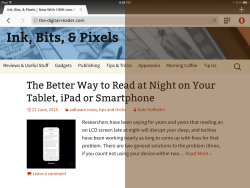 A new version of Opera Mini for iPad and iPhone has hit iTunes today, bringing with it a new solution to your late night porn watching problems.
A new version of Opera Mini for iPad and iPhone has hit iTunes today, bringing with it a new solution to your late night porn watching problems.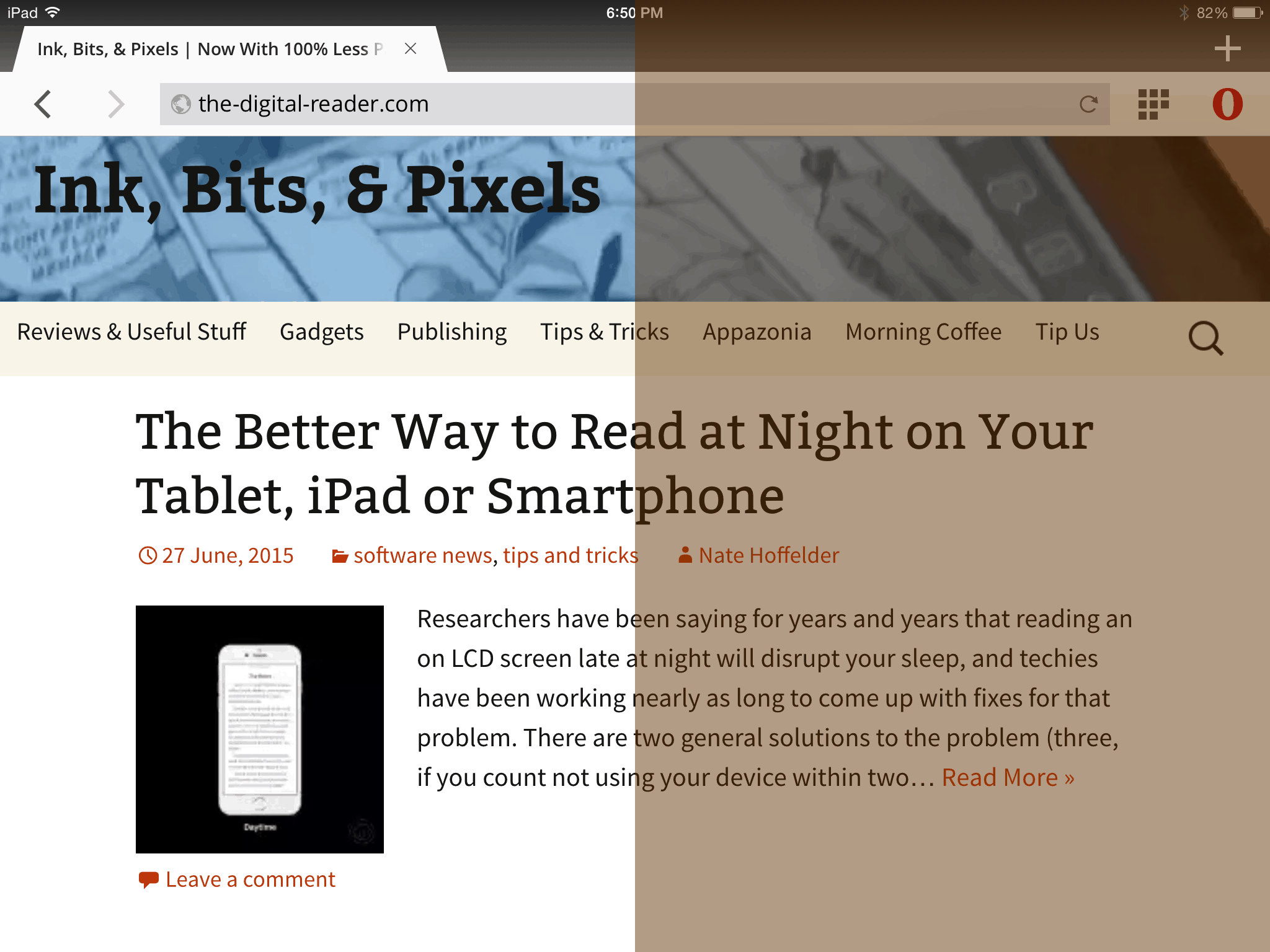
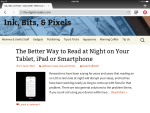

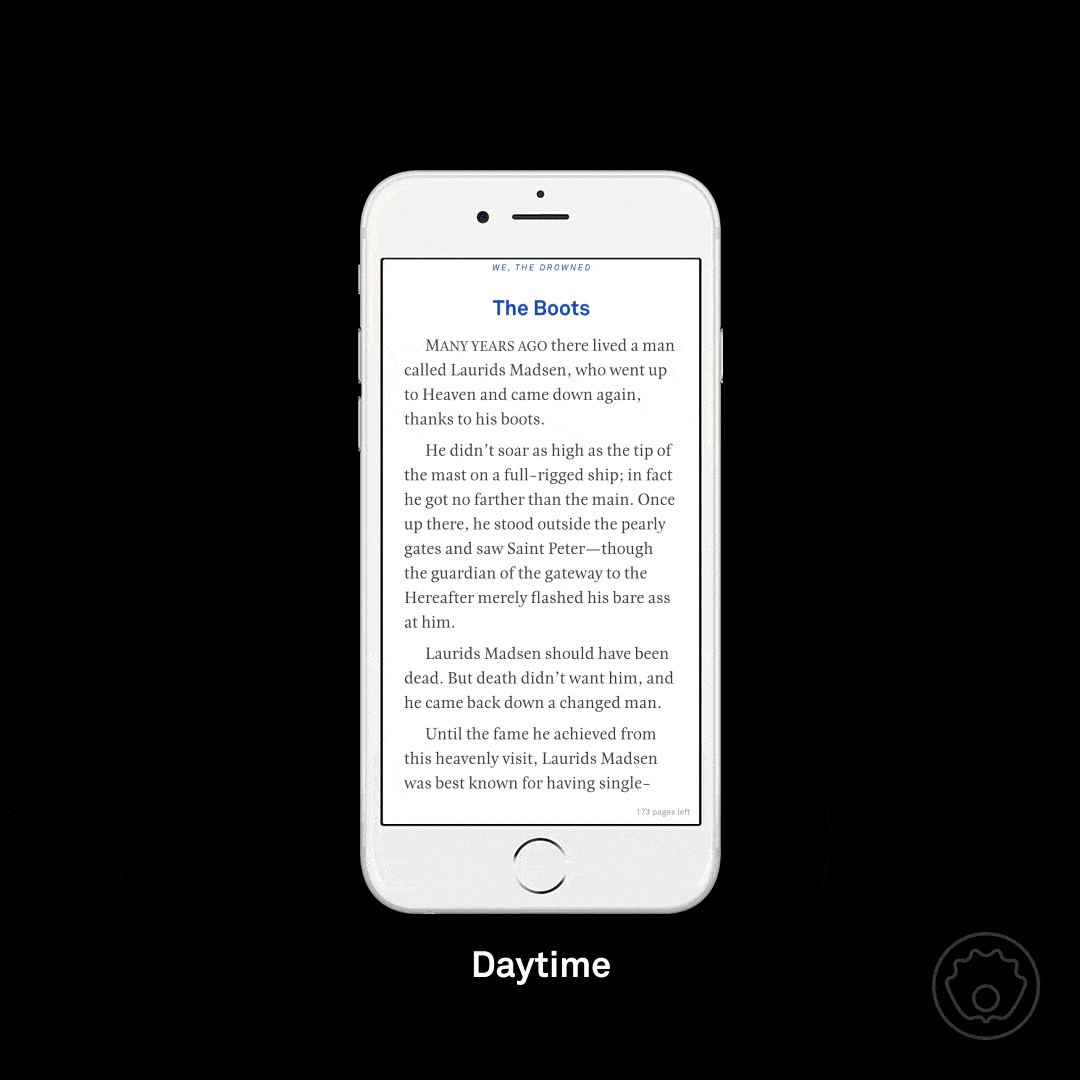
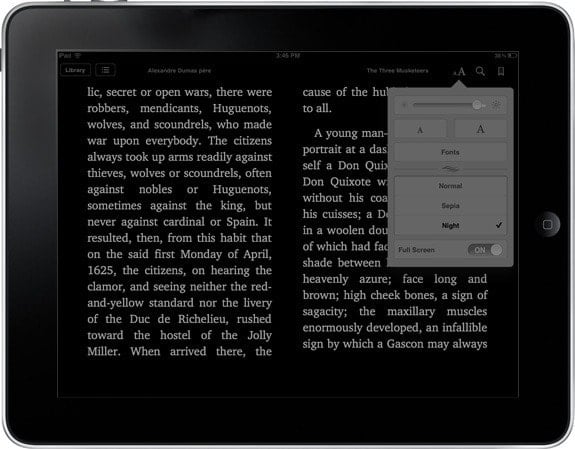
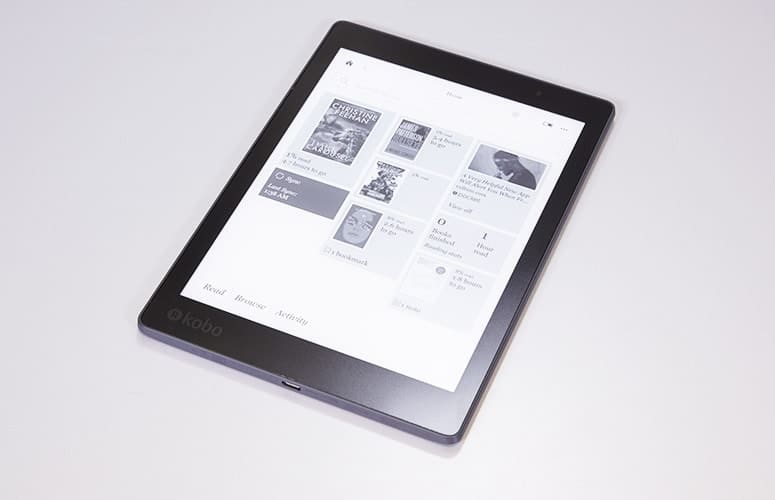
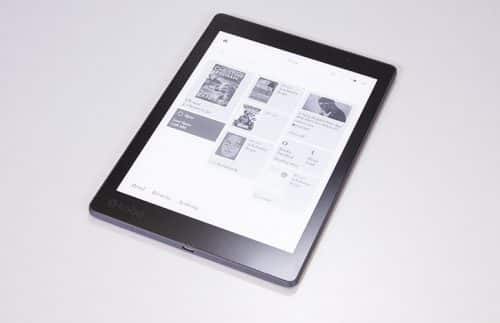
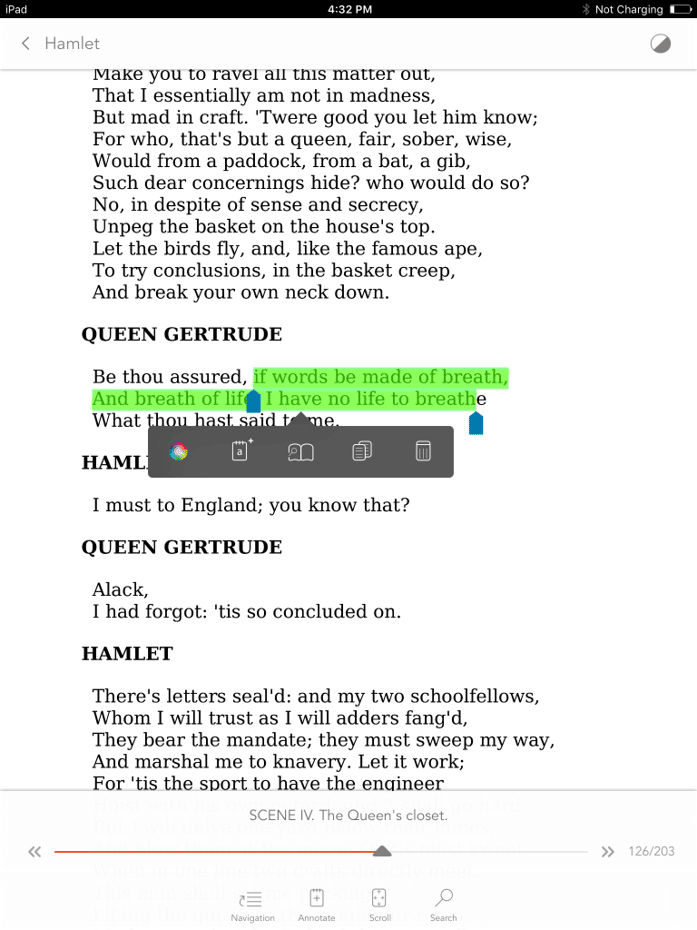
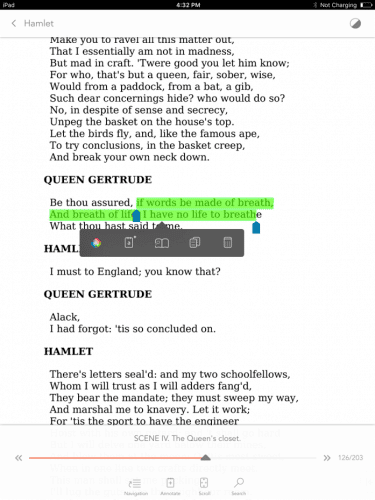
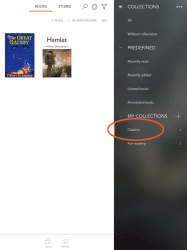
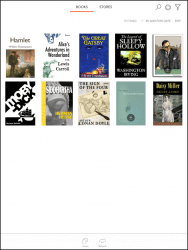
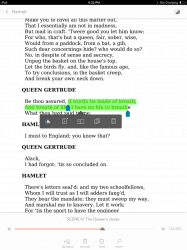
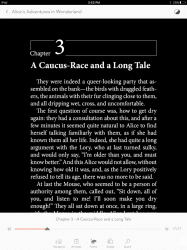
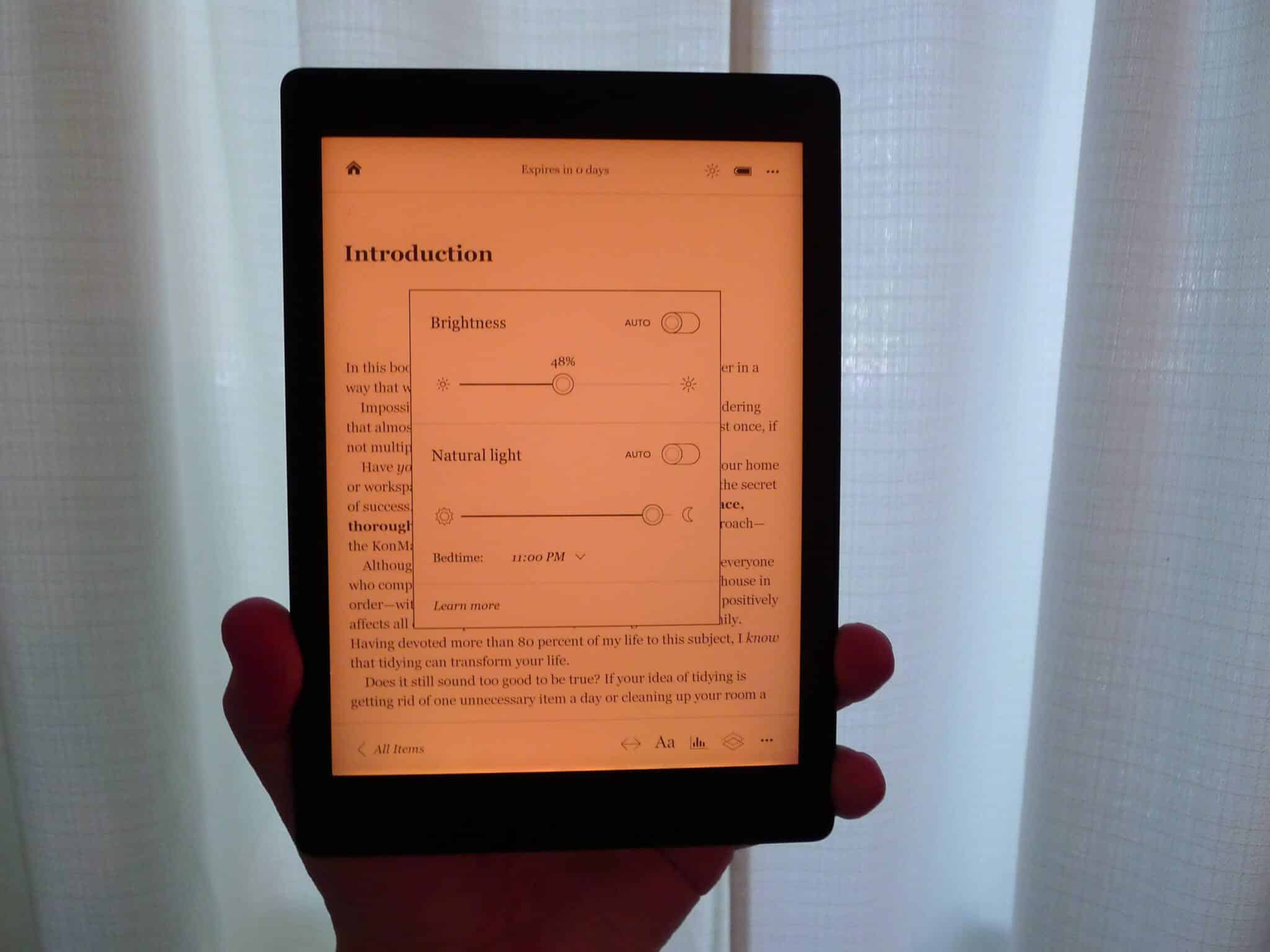
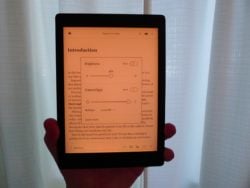

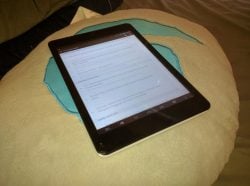
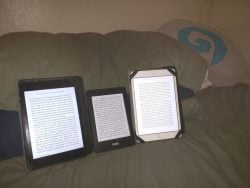


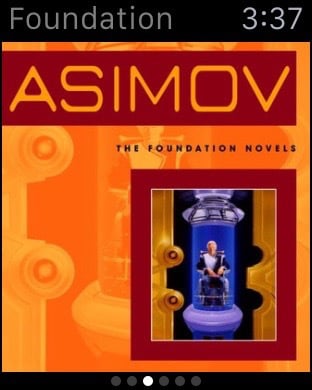
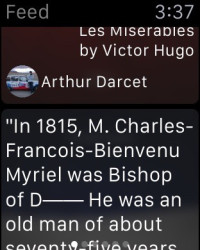
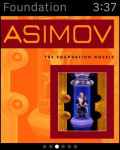
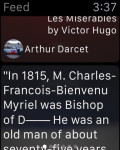
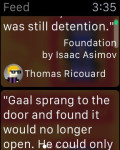
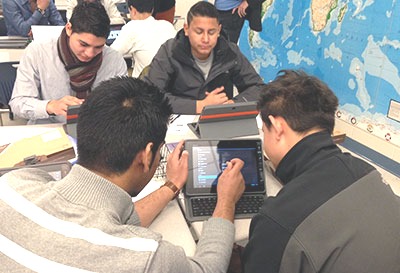



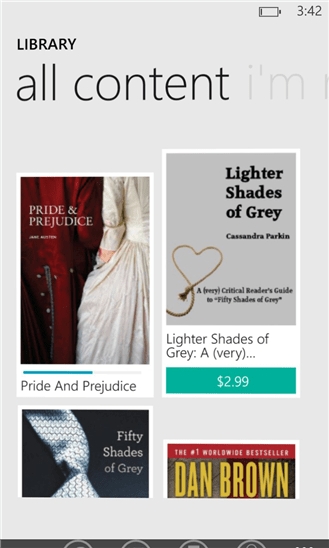
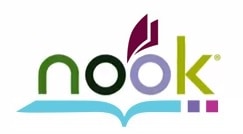
![mzl.yxluafqa[1]](https://the-digital-reader.com/wp-content/uploads/2013/12/mzl.yxluafqa1-250x250.png)
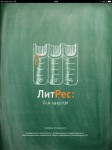
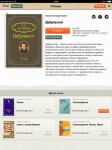
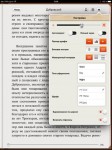
 I stopped by the Overdrive booth at the National Book Festival yesterday and the Overdrive folks were kind enough to show me their new app. I couldn’t shoot a video, unfortunately, because the app is still in private beta. But they are still on schedule to be released this year, with Android coming first and iPhone, iPad coming later. And yes, the iPad will be getting its own app.
I stopped by the Overdrive booth at the National Book Festival yesterday and the Overdrive folks were kind enough to show me their new app. I couldn’t shoot a video, unfortunately, because the app is still in private beta. But they are still on schedule to be released this year, with Android coming first and iPhone, iPad coming later. And yes, the iPad will be getting its own app. 